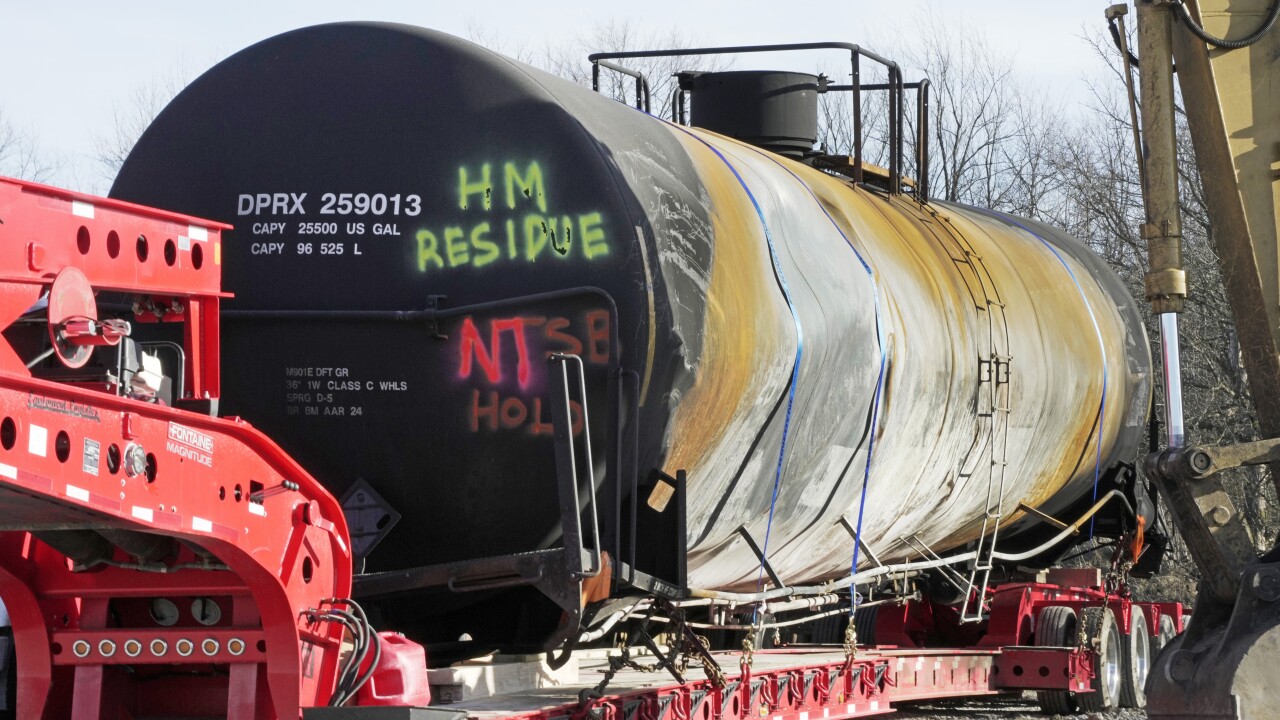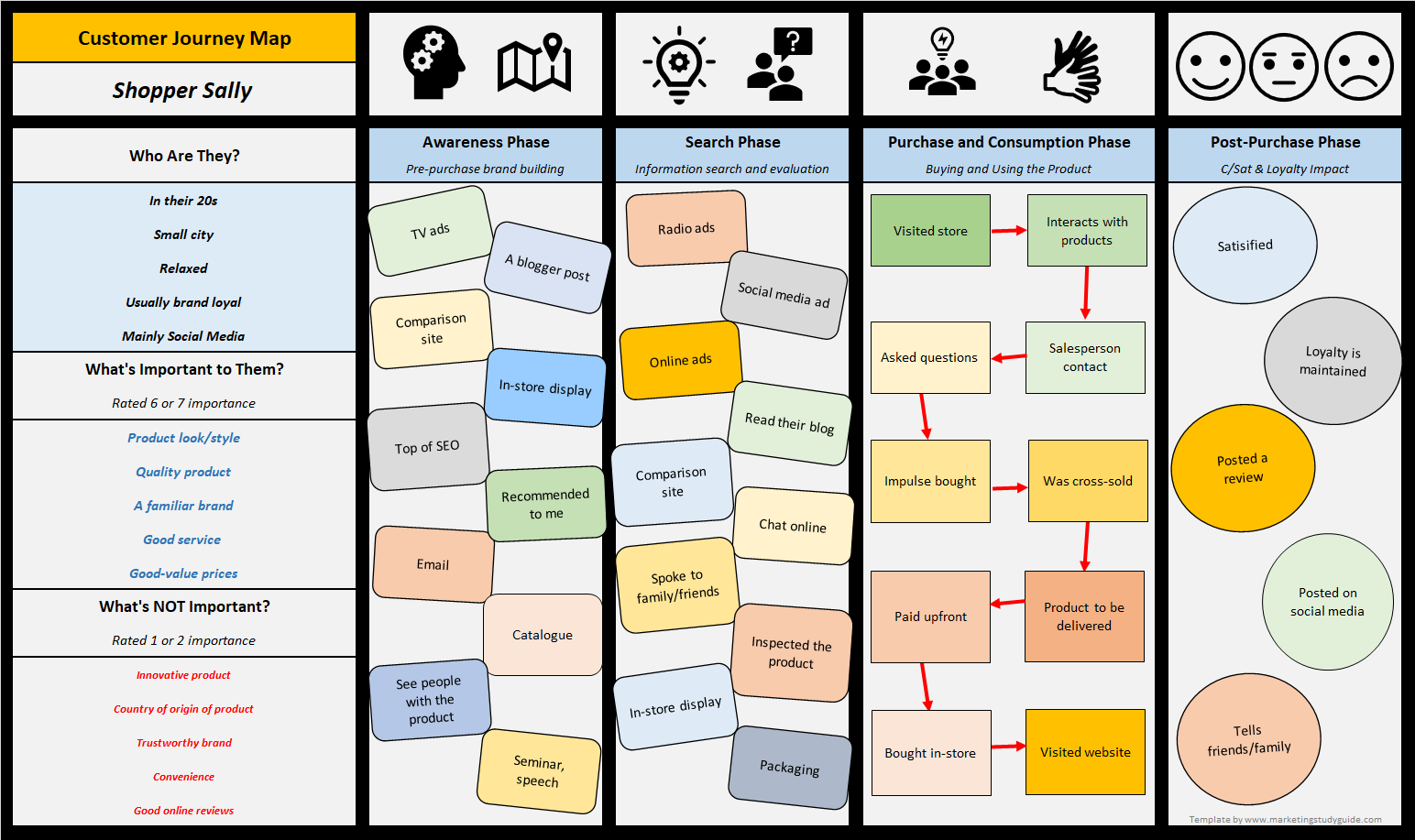Months Of Chemical Contamination Following Ohio Train Derailment

Table of Contents
The Initial Disaster and Immediate Aftermath
The derailment itself involved 38 cars, 10 of which contained hazardous materials. The subsequent release of toxic chemicals, including vinyl chloride, butyl acrylate, and ethylene glycol monobutyl ether, posed immediate risks to the surrounding community. The initial emergency response included a controlled burn of vinyl chloride to prevent a potentially larger explosion, a decision that released toxic fumes into the air, prompting the evacuation of thousands of residents from East Palestine and neighboring areas.
- Date and time of derailment: February 3, 2023, approximately 8:54 PM EST.
- Number of cars derailed and chemicals released: 38 cars derailed; 10 contained hazardous materials, including vinyl chloride, butyl acrylate, and ethylene glycol monobutyl ether.
- Initial evacuation zone size: A one-mile radius evacuation zone was initially established, later expanding based on the spread of the contaminants.
- Details about the controlled burn and its potential impact: The controlled burn, while preventing a potential explosion, released phosgene and hydrogen chloride into the atmosphere, raising serious concerns about air quality and long-term health effects.
Ongoing Water Contamination Concerns
The derailment caused significant contamination of local water sources. The Ohio River, a major waterway, is a particular area of concern, with ongoing monitoring efforts to detect the presence of persistent contaminants. While officials have reported that tap water meets safety standards, residents report a variety of concerns, and inconsistencies in testing data and transparency raise serious questions. The long-term effects on drinking water, aquatic life, and the ecosystem remain uncertain.
- Specific water sources affected: The Ohio River, Sulphur Run, Leslie Run, and local wells.
- Types of contaminants found in water samples: Vinyl chloride, butyl acrylate, and other hazardous chemicals have been detected in varying concentrations.
- Reported health issues linked to water consumption: Reports include skin irritation, nausea, headaches, and other symptoms.
- Long-term monitoring plans and their efficacy: Long-term monitoring is underway, but the efficacy of these plans is questioned given the initial response and inconsistencies in reporting.
Soil Contamination and its Implications
Soil contamination from the spilled chemicals presents a significant long-term environmental challenge. The extent of the contamination is still being assessed, and the cost of remediation is expected to be substantial. The impact extends beyond East Palestine, potentially affecting agricultural lands, wildlife habitats, and the overall ecosystem for years to come.
- Methods used to assess soil contamination: Soil samples are being collected and analyzed for the presence of various contaminants.
- Areas with the highest levels of contamination: Areas immediately surrounding the derailment site show the highest levels of contamination.
- Estimated timeline for soil remediation: The timeline for complete remediation remains uncertain, and the process will be lengthy and complex.
- Potential impact on agriculture and wildlife: The long-term impact on agriculture and wildlife remains uncertain and will require extensive monitoring and study.
Impact on Air Quality and Respiratory Health
The controlled burn and the initial release of chemicals significantly impacted air quality in the region. Residents have reported respiratory problems, headaches, and other health issues. The adequacy of air quality monitoring and the transparency of the data released remain points of contention. Long-term studies are necessary to fully assess the impact on respiratory health.
- Types of air pollutants released: Vinyl chloride, hydrogen chloride, phosgene, and other toxic gases were released.
- Methods used to monitor air quality: Air quality monitoring stations were deployed, but their location and efficacy are subject to scrutiny.
- Reported respiratory illnesses among residents: Reports of coughing, wheezing, shortness of breath, and other respiratory problems are widespread.
- Long-term health studies planned to assess air quality impact: Long-term health studies are needed to fully assess the impact of the air pollution on the community's health.
The Long-Term Health Effects
The exposure to a cocktail of toxic chemicals raises significant concerns about the long-term health consequences for residents. Potential health problems include various cancers, reproductive issues, and other chronic illnesses. Comprehensive health monitoring programs are crucial, along with access to healthcare and support for affected individuals. Ongoing legal actions seek accountability and compensation for those impacted.
- Specific health concerns linked to chemical exposure: Cancer risks, reproductive issues, neurological problems, and other chronic health problems are potential long-term consequences.
- Long-term health monitoring programs: Long-term health monitoring programs are essential to track the health of residents.
- Available resources and support for affected residents: Resources and support for affected residents should be readily available.
- Ongoing legal proceedings and their status: Legal action is underway to ensure accountability and compensation for the victims.
Conclusion
The Ohio train derailment's impact extends far beyond the immediate aftermath. Months later, chemical contamination continues to pose a significant threat to the environment and public health. The long-term consequences, including water contamination, soil pollution, air quality issues, and potential long-term health effects, demand sustained attention, thorough investigation, and comprehensive remediation efforts. We must demand accountability for this chemical contamination and advocate for stronger environmental regulations to prevent similar disasters in the future. Monitor the ongoing impact of the Ohio train derailment, demand accountability for chemical contamination, and learn more about the long-term consequences of the Ohio train derailment by researching government reports and contacting environmental advocacy groups. Only through vigilance and collective action can we ensure the health and safety of our communities and prevent future environmental catastrophes.

Featured Posts
-
 Where To Invest Mapping The Countrys Top Business Locations
Apr 28, 2025
Where To Invest Mapping The Countrys Top Business Locations
Apr 28, 2025 -
 Rodons Gem Early Offense Yankees Avoid Historic Sweep
Apr 28, 2025
Rodons Gem Early Offense Yankees Avoid Historic Sweep
Apr 28, 2025 -
 Are Gpu Prices Out Of Control Again A Look At The Market
Apr 28, 2025
Are Gpu Prices Out Of Control Again A Look At The Market
Apr 28, 2025 -
 Red Sox Injury Report For Crawford Bello Abreu And Rafaela
Apr 28, 2025
Red Sox Injury Report For Crawford Bello Abreu And Rafaela
Apr 28, 2025 -
 Abwzby Mntda Alabtkar Fy Tb Alhyat Alshyt Almdydt Yueqd
Apr 28, 2025
Abwzby Mntda Alabtkar Fy Tb Alhyat Alshyt Almdydt Yueqd
Apr 28, 2025
